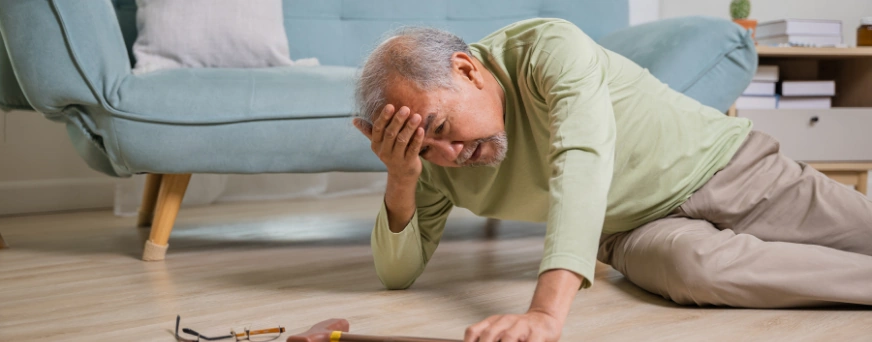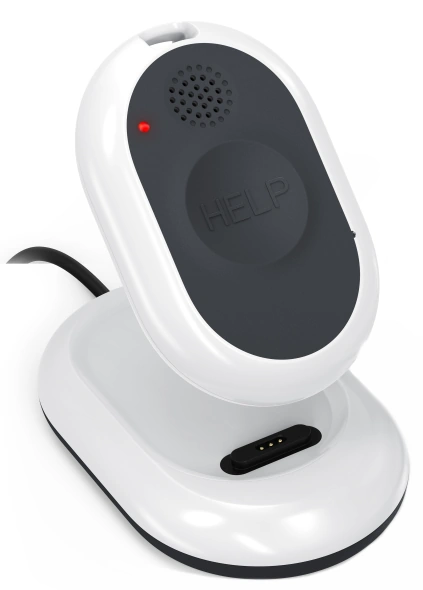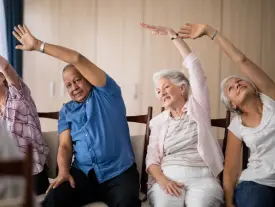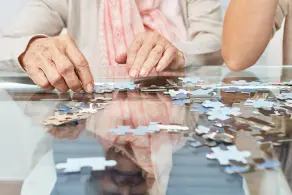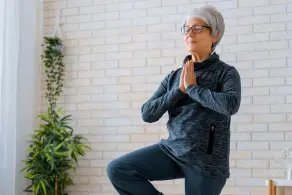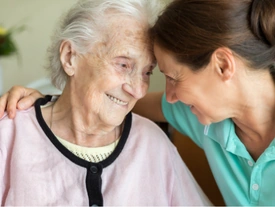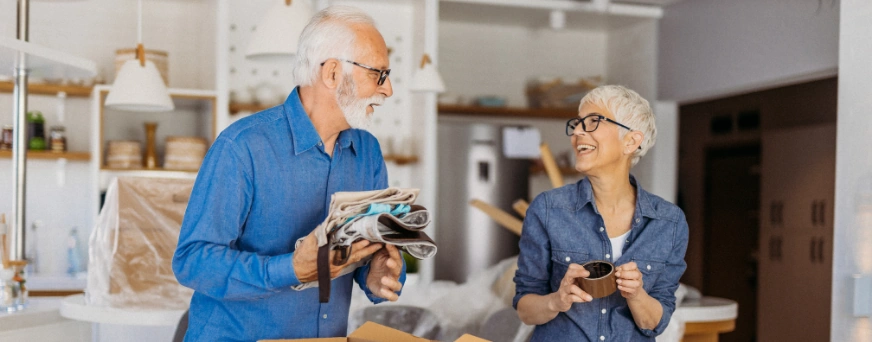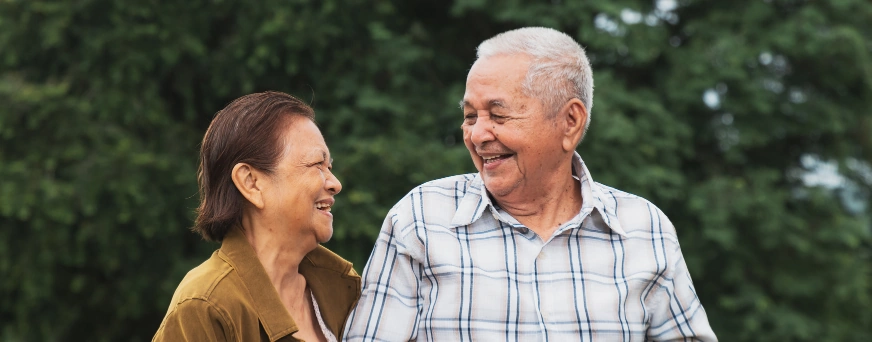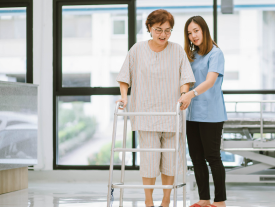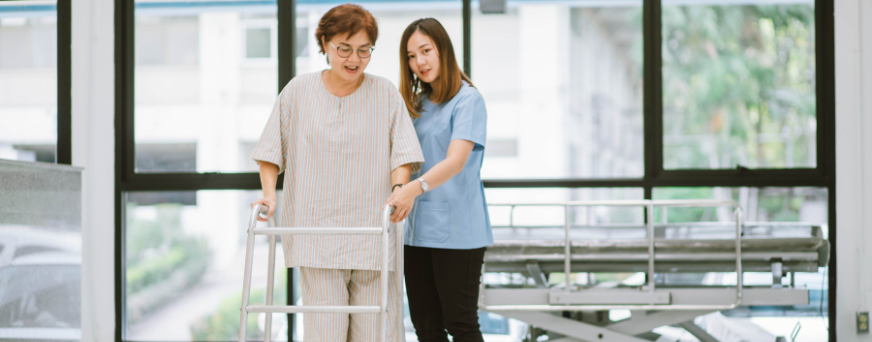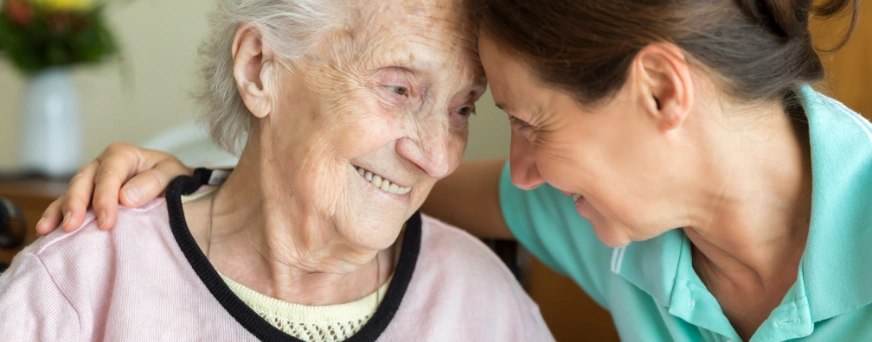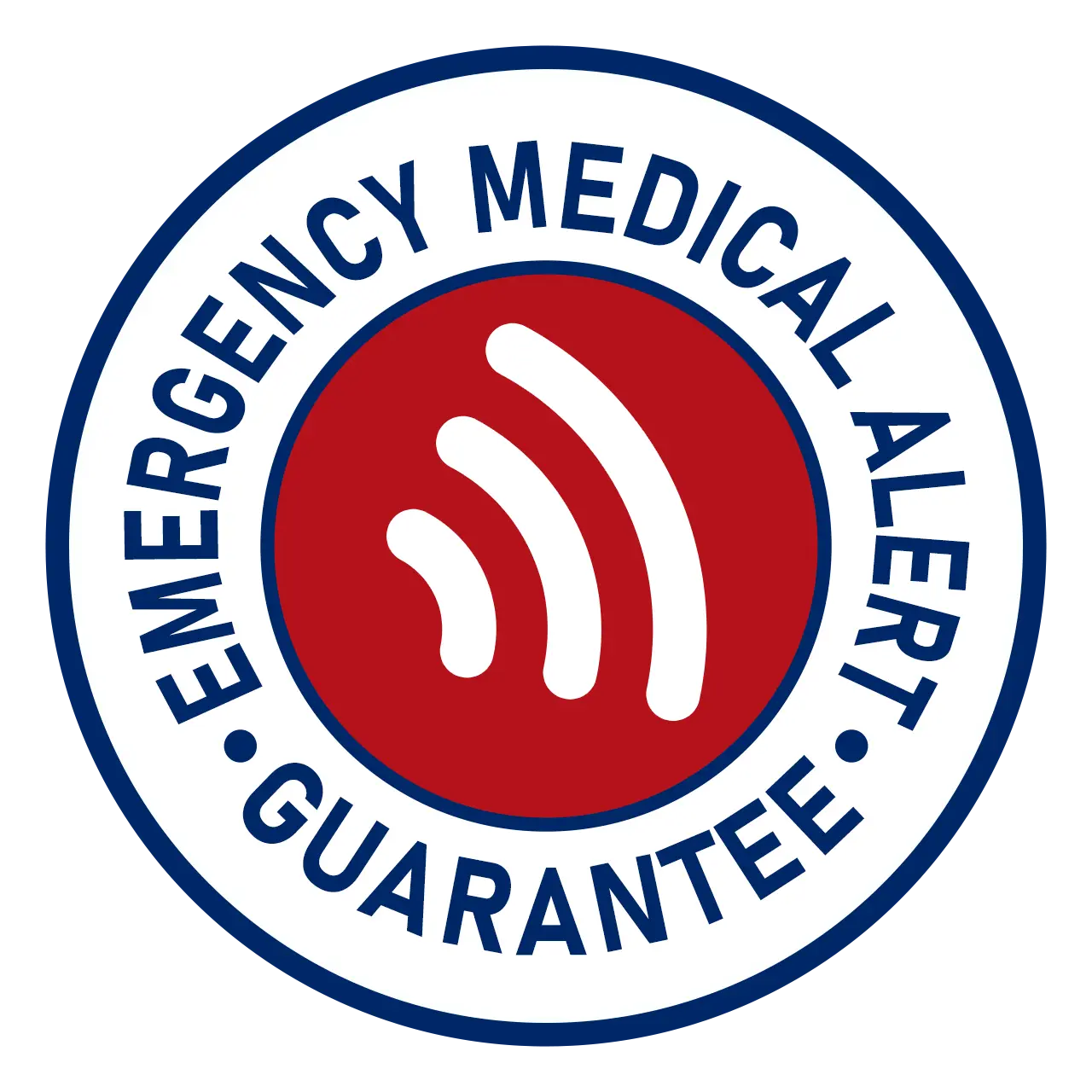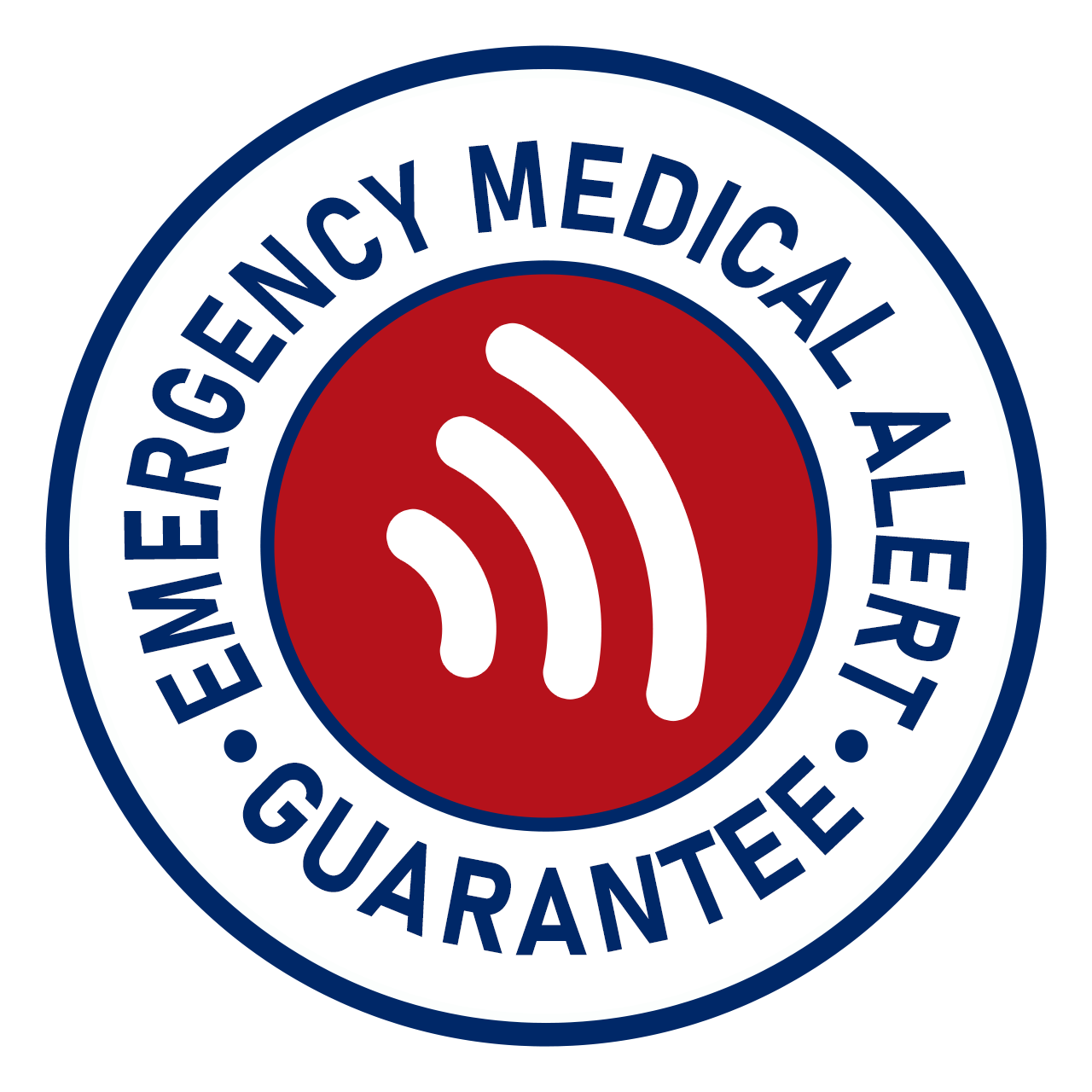Safety First: How To Get Up After A Fall Without Injury
Falls are a risk for everyone. But for older adults or those with mobility challenges, they are huge problems. These people need to know how to safely get up after a fall as well as what they can do if they cannot.
Such knowledge can truly reduce the risk of further injury and make recovery easier. This article is your guide in prioritizing safety first so you know how to get up after a fall without injury.
How To Get Up Safely If You Are Not Hurt?
You may be able to get up on your own very well if you have fallen but do not feel any pain or signs of injury. It is important that you move cautiously at such a time. Make deliberate moves so you do not strain your muscles, either.
Roll Onto Your Side
Start by gently rolling onto your side. Now, you can breathe deeply and see how your body feels. Rolling shall help align your body.
You will be better prepared for any further movements required to rise up. Do not make jerky movements, especially if you feel dizzy.
Use Your Arms To Push Yourself Onto Hands And Knees
When you are comfortable on the side, use your hands to push your body up. You shall prioritize getting into a hands-and-knee position.
This will help you stabilize your posture. You will also be better able to crawl now. In case you are lightheaded, take a few breaths before continuing.
Crawl To A Sturdy Piece Of Furniture
Crawl slowly to the nearest stable piece of furniture. Ideally, this can be a chair or a couch. In other cases, take a table nearby.
Do not try to carelessly reach out for any unstable items. This means no small stool or rolling chair. Even decorative pieces can tip over under your weight.
Use The Furniture To Help Rise Slowly
When you have reached the furniture, place your hands on the seat or armrest. Raise one foot so you are in a kneeling position with the other foot flat on the floor.
Push yourself up slowly by using your legs and arms. Rise gently so as to not make any sudden movements that can cause dizziness/ strain.
Sit Down And Rest Before Moving
After standing, sit down immediately. This is the time to rest and know how you feel. A short period of rest can prevent any delayed symptoms, even if you did not think you were hurt in the first place.
What To Do Instead If You Are Hurt?

If you are in great pain and cannot move easily, do not try to get up by yourself. This shall also be the case when you are seriously injured. Moving without assistance at such a time can worsen your injury.
Call Out For Help
Yell or call for help as loudly as you can. If someone is close, they can come by to help you. They can even call the emergency services. If you are in a public place, attract attention by tapping on nearby furniture or the floor.
Use A Medical Alert Device
It is much easier to call the emergency services or family members if you wear a medical alert device. These are made especially for seniors living alone so they can get quick access to help in times of a fall.
Try To Slide Yourself To A Phone
You can try sliding yourself slowly and carefully as well. This is only if help is not nearby and you do not have a medical alert device. Move in a straight line and avoid any twisting motions. Try reaching the phone so you can call for emergency help.
Keep Yourself Warm And Calm While Help Arrives
Keep yourself calm while help arrives. Cover yourself in a blanket or a set of pillows to stay warm as well. Remaining calm and warm shall help prevent panic.
Tips To Reduce Risk Of Injury While Getting Up
If you make improper movements, you can cause an additional fall or muscle strain. Here is how you minimize such risks:
Move Slowly And Deliberately
You cannot rush through the recovery process, so you should not try to either. Sudden or jerky movements only make the situation worse. What is notable is that you can fall again if you do not avoid these.
Avoid Putting Weight On Injured Limbs
If you notice that a limb is hurt, do not place any weight on it. Use the uninjured limbs for support in this situation.
When To Seek Medical Attention After Getting Up?
Some injuries are not immediately apparent. Even when you have stood up, there can be some signs that you need to contact the doctor:
Persistent Pain Or Dizziness
There can be a severe issue underneath if you feel pain and dizziness even after the fall. This can indicate a concussion or even some internal injury. In other cases, it can be a case of severe dehydration.
Possible Fractures, Sprains, Or Dislocations
Visible deformities or inability to move a limb are other cues for you to seek professional treatment. Even swelling is an issue. These can mean a dislocation or fracture in the body. Calling the doctor on time will help prevent long-term damage.
Fall Prevention Tips For The Future

Here are some effective steps you can take to ensure you live in a safer environment:
Keep Living Spaces Clutter-free
Eliminate tripping hazards by keeping floors free of cords, loose rugs, shoes, and other items. Use storage solutions to keep pathways clear and well-organized.
Install Grab Bars And Handrails
Stability and confidence are important. Grab bars in the bathrooms and sturdy handrails in long stairways contribute to these. They are simple additions but do a lot if you wish to prevent slips around the house.
Consider Balance Exercises Or Mobility Aids
Spending time in activities like gentle yoga or physical therapy is needed. Also, one can add canes or walkers into their routine if one wants some additional support to prevent falls.
Conclusion
Falling down can be a scary and dangerous situation. But knowing how to respond to this situation can reduce the chances of injury greatly.
The key is to move slowly and assess your situation carefully. Knowing how to get up after a fall will help you greatly as a senior person or someone with mobility issues.

